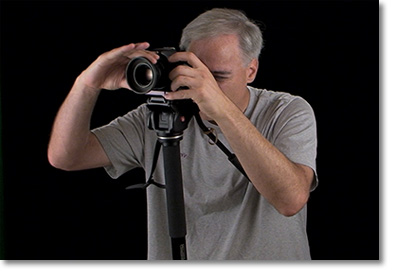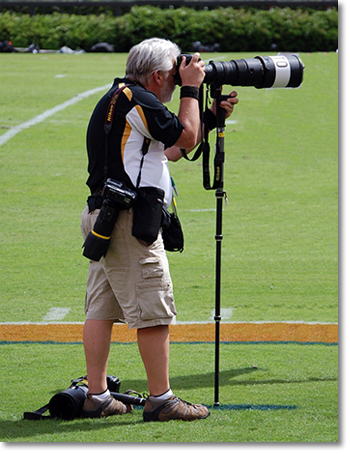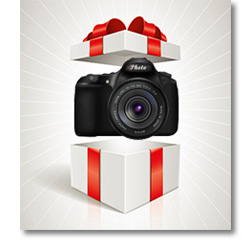Pros and Cons of Using a Monopod

A monopod is essential to any photographer that leaves the confines of a studio. Lightweight, portable and versatile; many photographers figure out their advantages pretty quickly.
Unfortunately, most end up scrapping their monopods to lay at the bottom of their closet until they bring it out to resell it on eBay. The reason is mostly due to faulty expectations and lack of knowledge on how or when to use it properly.
Photography is nothing if not an exercise in compromise. With current technology, it’s a zero sum game with a needed sacrifice for every given advantage. A monopod is not a replacement for a tripod. The trade-off is portability and speed for stability and versatility. And in some cases, there is no replacement for a tripod. Knowing when these tradeoffs are worth it is the key to properly using a monopod.
Pros and Cons
Pros
The main advantage of the monopod is its portability due to lighter weight and lower profile. Even the lightest travel tripod takes up a relatively large area in a suitcase or backpack. Monopods can often be strapped to the outside of a carry-on bag or even dual-purposed as a walking stick.
Monopods are exactly 33.333% easier to extend and retract than tripods. That can make a big difference both in the woods and on city streets.
A swivel-head is not required on a monopod. An adjustable head will make it much more versatile, but also add to the overall bulk.
Monopods are generally cheaper. You can actually get a fully functional monopod for less than $20. Even most lightweight carbon fiber and twist-locking monopods top out around $100. Of course, you can spend top dollar for brand-names, but the rule of diminishing returns applies.
Monopods are accepted in many places where tripods are prohibited. Many of the restrictions on tripod use are based on the space the take up and the tripping danger they present in crowds. It’s best practice to check with the staff before bringing your monopod.
Cons
Monopods cannot be used for long-exposure photography. Even the high-end monopods with retracting feet do not provide the stability needed.
Monopods can attract more negative attention with security, particularly at airports. Tripods are easily recognizable, while monopods resemble a number of weapons. I’ve been stopped more than once for a closer inspection. But nothing more resulted from it than a few wasted minutes.

How to Use a Monopod
Think of the monopod as being third leg of the tripod. Your legs serve as the other two. For added stability, slightly bend your knees. You can either put the monopod straight forward with your legs set wider than your shoulders. Or you can put one leg forward, one leg back and the monopod to the side.
You can also use your camera strap pulled taught for an extra axis of stability.
Another method is to brace the foot of the monopod against your own foot. This will give your more flexibility on your left-right movement.
When to Use a Monopod
When space and portability are the priority, the monopod is essential. Other situations where a monopod is preferred over a tripod are when crowds are present and when using large lenses.

Situations where a monopod would not be the best option are in the studio and when very long-exposures are needed.
Stay updated with all our new releases and articles by signing up for our free email updates. We only send emails once a week to keep you updated and we NEVER spam or share your information.








